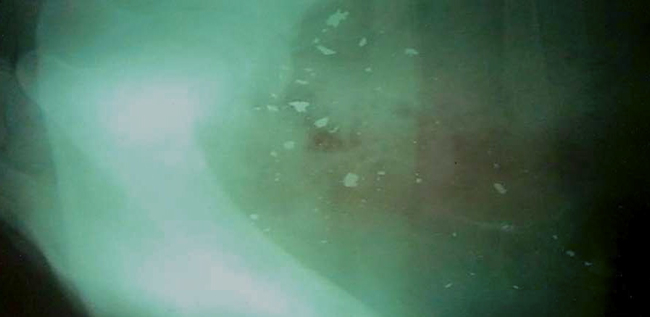This is a post about an issue that affects both raptors and people. Over the last year or two I’ve seen several articles about lead bullets causing poisoning of California Condors and Bald Eagles. As a result, we’ve started requiring the folks who hunt on our land to use non-lead bullets. But I’m not only concerned about the birds – lead bullets cause problems for people too, and I haven’t seen much publicity about that issue. So this post is mainly about the issue of lead bullets and the dangers they pose for people.
In the last several years, there has been concern that lead from lead bullets has been killing California Condors and Bald Eagles. Both birds are scavengers – they find and consume deer and elk carcasses that have been killed by hunters. This suggests that eating wild harvested game might also expose humans to the danger of lead poisoning.
Several studies have shown that this is indeed a problem.
In 2008 William Cornatzer, a doctor in North Dakota who is also a hunter, decided to test samples of venison from deer killed by rifle bullets. He got his samples from a food bank where the meat had been donated by hunters. Out of 95 sample packages of venison, 53 had small fragments of lead. The North Dakota state Department of Health was so concerned that they had the meat pulled from the shelves and discarded.
Wild game, shot by hunters, is not normally tested for metal or other contaminants – people have always assumed that bullet fragments would be large enough to see, and thus avoid. This turns out not to be true. Recent tests have shown that most of the lead particles are too small to be noticed while eating.
The most common type of bullet has a lead core encased in copper. When the bullet hits an animal, especially if it hits a bone, it shatters and the lead pieces spray out into the surrounding tissue. Larger pieces are removed if the butchering is done carefully, but many of the pieces are too small to easily see. Here’s an Xray of the shoulder of a deer – the light colored flakes are pieces of the bullet which has shattered into dozens of tiny pieces.
Blood testing has shown that people who eat wild game harvested with lead bullets have higher levels of lead in their blood than those who don’t.
Lead has long been known as a developmental neurotoxin – especially bad for children because it affects their growing brains and can cause autism, ADD, and lower IQs. There are new studies showing that lead may also be causing other, more long-term medical problems. Adults who were exposed to lead as children seem to have a higher incidence of Alzheimer’s Disease, heart disease, and may be more at risk for some kinds of cancer. In adults exposure can cause high blood pressure, hearing loss, infertility and possibly cancer.
One of the problems with lead poisoning is that the bad effects can happen even if the person never feels sick.
As a result of these recent studies, the North Dakota Department of Health recommends the use of non-lead bullets for hunting as the easiest way to avoid these problems. They also suggest that pregnant women and young children not eat any venison that has been harvested with lead bullets. Minnesota and Wisconsin don’t go as far as recommending using non-lead bullets, but they do warn of the risks of eating venison shot with lead bullets.
Places to go for more information:
North Dakota Department of Health
Minnesota Department of Natural Resources
Lead Information for Wisconsin Hunters – DNR (PDF)
Lead Exposure in Wisconsin Birds
Lead Bullet Fragments in Venison – study of the potential for human dietary exposure

